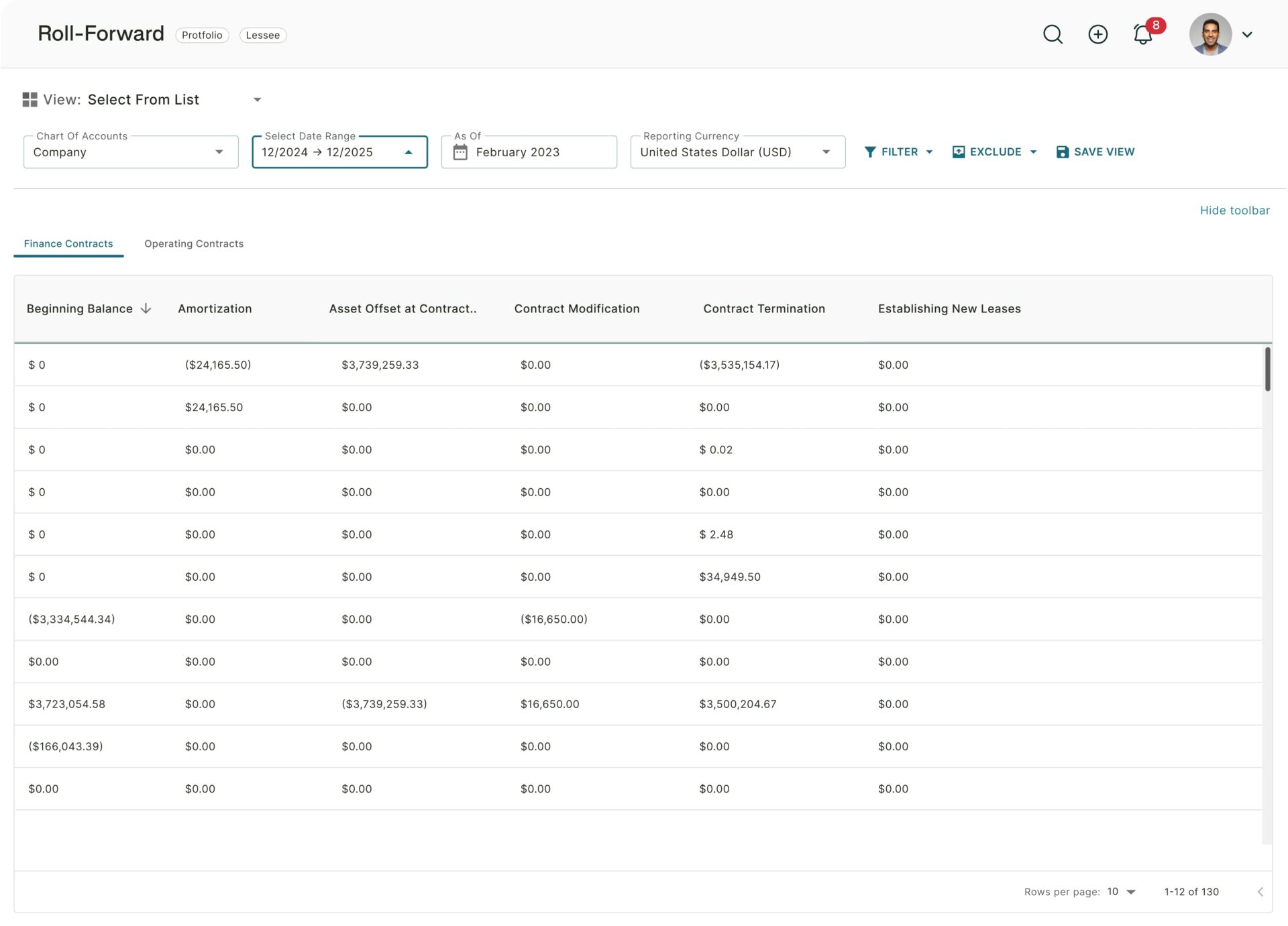Introduction
In the world of accounting and audit, one term stands out as a critical cornerstone underpinning the integrity and relevance of financial reporting: materiality.
Defined as the threshold at which information influences economic decisions, materiality guides businesses toward transparency, reliability, and trust in their financial statements.
We’ll explore materiality as a concept in financial reporting, including its role in streamlining processes, enhancing risk management, and building stakeholder trust. From practical examples to the impact of technology, we’ll uncover how a deeper understanding of materiality can directly drive business success.
Understanding Materiality in Accounting
The first step in understanding what is materiality is in appreciating its value in context. Materiality refers to the principle that information should be included in financial statements if its omission or misstatement could influence the economic decisions of users.
The conceptual framework of materiality involves assessing the financial impact of a misstatement in relation to the overall financial picture of the business.
Through a materiality assessment, and by focusing on material items, financial statements become concise, clear, and more meaningful to users, facilitating better decision-making.
Materiality also plays a pivotal role in risk management, allowing companies to prioritize resources and address critical issues proactively. In essence, it streamlines the reporting process, optimizing time and effort while enhancing the overall credibility of financial information.
Regulatory bodies also recognize the significance of materiality and provide guidance on its determination. Standard-setting organizations, such as the International Accounting Standards Board (IASB) and the Financial Accounting Standards Board (FASB), issue guidelines to aid professionals in assessing materiality effectively. While the exact materiality threshold may vary depending on the circumstances and industry, these regulatory guidelines serve as reference points, helping accountants adhere to consistent standards of reporting.
Materiality Thresholds and Quantitative Analysis
Establishing materiality thresholds for financial reporting is a crucial step in the accounting process. Companies must consider various factors, including their size, industry, and stakeholders’ needs, to determine an appropriate materiality threshold. This threshold acts as a benchmark for deciding which financial information should be included in the statements.
Calculating materiality based on financial statement metrics involves an in-depth analysis of quantitative and qualitative factors. The process typically considers a percentage of a specific financial metric, such as net income or total assets, as the starting point for materiality determination.
Qualitative Factors and Judgment in Materiality Determination
When determining materiality, it is also essential to consider qualitative factors. Qualitative factors provide a deeper context and nuance to the financial information, enriching the overall materiality assessment.
Professional accountants must exercise sound judgment and carefully weigh these qualitative elements, as they can often be as critical as the numerical data in shaping the final materiality threshold.
For example, a relatively small financial misstatement may become material if it relates to a high-profile business transaction that could impact the company’s reputation. Additionally, non-financial factors, such as environmental, social, or governance matters, may hold significant importance for certain stakeholders, warranting their inclusion in the materiality assessment.
Potential legal ramifications or compliance obligations may elevate the importance of certain financial items, regardless of their numerical value. By incorporating these qualitative factors into the materiality determination process, companies can present financial reports that holistically reflect the key aspects of their operations and their impact on all stakeholders.
Impact of Materiality on Financial Statement Components
Materiality exerts a significant impact on all components of financial statements, shaping how companies present their financial positions.
For the balance sheet, materiality thresholds influence the inclusion or exclusion of specific items. Smaller, less significant assets or liabilities may be aggregated or omitted if they do not individually impact users’ economic decisions. On the other hand, material items that hold substantial financial importance are highlighted distinctly to provide a comprehensive view of the company’s financial health. Materiality also plays a critical role in determining the classification and presentation of balance sheet components, ensuring that relevant information is effectively communicated to stakeholders.
When it comes to the income statement, materiality considerations dictate the reporting of revenues and expenses. Smaller revenue streams or expenses with minimal impact on the overall financial performance may be aggregated or combined to maintain the materiality threshold. This streamlines the income statement and avoids unnecessary clutter while emphasizing key drivers of profitability. Conversely, revenue sources and expenses that significantly influence the company’s financial results are presented distinctly to provide a clear understanding of the business’s operating performance. By applying materiality, income statements become more focused, revealing the most pertinent financial data to aid users in their decision-making processes.
Materiality assessments also impact the disclosures and notes accompanying financial statements. Companies are required to provide explanatory information for material items that are not readily apparent from the primary financial statements.
Companies can thus prioritize the most relevant and significant information, ensuring users gain a comprehensive understanding of the financial data. Less material or immaterial information, which may not significantly impact users’ decision-making, can be omitted from the notes to maintain clarity and conciseness.
ESG Materiality Assessment
Environmental, Social, and Governance (ESG) factors are increasingly valued by investors and other stakeholders. Environmental factors address issues like climate change, resource usage, and sustainability initiatives. Social factors encompass employee welfare, community engagement, and diversity and inclusion efforts. Governance factors pertain to the company’s leadership structure, board composition, and ethical business practices. Recognizing the growing significance of ESG in shaping stakeholder perceptions and investment decisions, businesses now seek to integrate these factors into their materiality assessments to provide a more comprehensive view of their operations.
When it comes to an ESG materiality assessment, linking ESG considerations to materiality assessments involves understanding the potential impact of these factors on a company’s financial performance and reputation. Traditionally, materiality assessments focused primarily on financial metrics. However, as investors and stakeholders increasingly prioritize sustainability and ethical practices, ESG factors have gained prominence in influencing economic decisions. Companies now evaluate the materiality of their ESG initiatives by assessing how these factors could affect their long-term success and contribute to their overall value proposition. By identifying ESG issues that are material to their specific industry and stakeholder expectations, companies can prioritize strategic efforts and communicate their commitment to sustainability and responsible business practices effectively.
Incorporating ESG materiality into financial reporting requires a thoughtful and transparent approach. Companies are encouraged to disclose relevant ESG information alongside their financial statements to provide a more holistic view of their performance. Regulatory bodies and reporting standards, such as the Global Reporting Initiative (GRI) and the Sustainability Accounting Standards Board (SASB), offer guidelines for integrating ESG disclosures into financial reporting. By aligning ESG materiality with traditional financial materiality, businesses can demonstrate their commitment to sustainable growth and responsible corporate citizenship.
Materiality in Auditing and Assurance
When it comes to auditing and assurance, the auditor holds a critical responsibility in assessing materiality. The assessment of materiality involves professional judgment, considering both quantitative and qualitative factors. By setting an appropriate materiality threshold, auditors focus their efforts on areas of higher risk and significance, ensuring that the audit process remains efficient and effective in providing reliable financial information.
Auditors also make use of performance materiality – a concept used in auditing to set a threshold for the materiality of individual account balances or classes of transactions. It is a component of overall materiality, which is the level of misstatement in the financial statements that could influence the economic decisions of users. Performance materiality is typically set at a lower level than overall materiality and is used by auditors as a guide to planning the nature, timing, and extent of specific audit procedures.
The materiality threshold guides auditors in selecting the scope of their examination and deciding on the level of detail required for different accounts and transactions. High materiality levels may lead to limited testing in less critical areas, while lower materiality levels necessitate more rigorous and extensive procedures. The materiality assessment also helps auditors determine the sample size for testing, ensuring that the results are representative and reliable. By aligning the audit approach with materiality, auditors can focus on the areas that truly matter, maximizing the assurance provided to stakeholders.
Emerging Issues and Challenges in Materiality Accounting
Three key challenges regarding materiality in accounting are constantly updated standards, increasingly global organizations, and technology.
Accounting standards
The impact of changing accounting standards on materiality presents a significant challenge for accounting professionals. As accounting standards evolve to keep pace with changing business landscapes and economic realities, materiality thresholds may fluctuate accordingly.
International reporting
Considerations for international materiality variations arise due to the diverse regulatory environments and business practices across different countries. Accounting standards and materiality thresholds may vary significantly from one jurisdiction to another, impacting the consistency and comparability of financial reporting on a global scale.
Technology
Technology-driven changes in materiality analysis are also transforming the way accountants approach this critical aspect of financial reporting. Access to huge amounts of data, AI, and other advancements have all contributed to progress in this critical area.
Importance of Communication and Documentation
Documenting materiality decisions and rationale is essential for ensuring transparency and accountability in the financial reporting process. By thoroughly recording the:
- factors considered
- methodologies used, and
- the reasoning behind materiality determinations
companies establish a clear audit trail that demonstrates the rigor and thoughtfulness of their decisions.
Such documentation not only facilitates internal review and decision-making but is also essential for external audits and regulatory inspections.
This should then be effectively communicated to stakeholders. Companies must clearly articulate their materiality thresholds and the significance of material items in their financial statements.
For investors, creditors, and other users of financial information, a clear understanding of materiality aids in the evaluation of a company’s financial health and risk profile. By providing concise and comprehensible explanations of materiality, companies build stronger relationships with stakeholders and ensure that their financial disclosures are actionable and meaningful.
Internally, the audit committee, as a subset of the board of directors, collaborates with management and auditors to oversee the materiality assessment. Their involvement ensures that materiality decisions align with the company’s strategic objectives and reflect the interests of various stakeholders.
Materiality’s Connection to Regulatory Compliance
Regulatory requirements related to materiality serve as fundamental guidelines for companies to ensure compliance with accounting standards and reporting regulations. Accounting standards, such as Generally Accepted Accounting Principles (GAAP) and International Financial Reporting Standards (IFRS), provide definitions and tools for assessing materiality. Companies must adhere to these standards when determining the materiality threshold and reporting financial information. Regulatory bodies like the Securities and Exchange Commission (SEC) in the United States impose additional specific requirements on public companies.
Compliance considerations for public companies are especially stringent concerning materiality, given their responsibility to shareholders and the broader investing public.
The legal implications of material misstatements can be severe for companies and their stakeholders. In some cases, top executives and management may also face personal liability for their role in material misstatements.
How Trullion Can Help
Trullion is an AI accounting oversight platform that automates data management, streamlines audits and ensures accurate reporting across accounting workflows.
It’s appreciated by accounting teams and auditors for lowering risk, making work easier, and getting the numbers right every time.
With automated workflows, continuous compliance, complete visibility, and audit-ready reports, Trullion is indispensable when it comes to key calculations such as materiality.
For example, with recently updated lease standards, both companies and auditors turned to Trullion to handle their lease accounting and auditing. As Paul Wolff from audit firm MHM puts it, “Trullion has proved to be a very useful and time-saving tool for MHM in evaluating and testing our client’s adoption of ASC 842. The OCR and machine learning capabilities provide efficiencies for the audit teams, and we have found the lease modification features particularly helpful.”
Leveraging an improved understanding of materiality to generate more value
We took a deeper look at materiality in accounting, demonstrating how a nuanced appreciation for this concept can drive value for the company, as well as other stakeholders including auditors, regulators, and investors.
Specifically, we learned how technology has emerged as the key to accurate materiality calculations and ongoing accuracy and compliance.
More companies and audit firms are choosing Trullion, as the worldwide leader in AI-powered automated accounting software, to be their partner when it comes to incorporating technology into their accounting and auditing processes.
Learn how Trullion can dramatically uplift your business or audit practice today.










